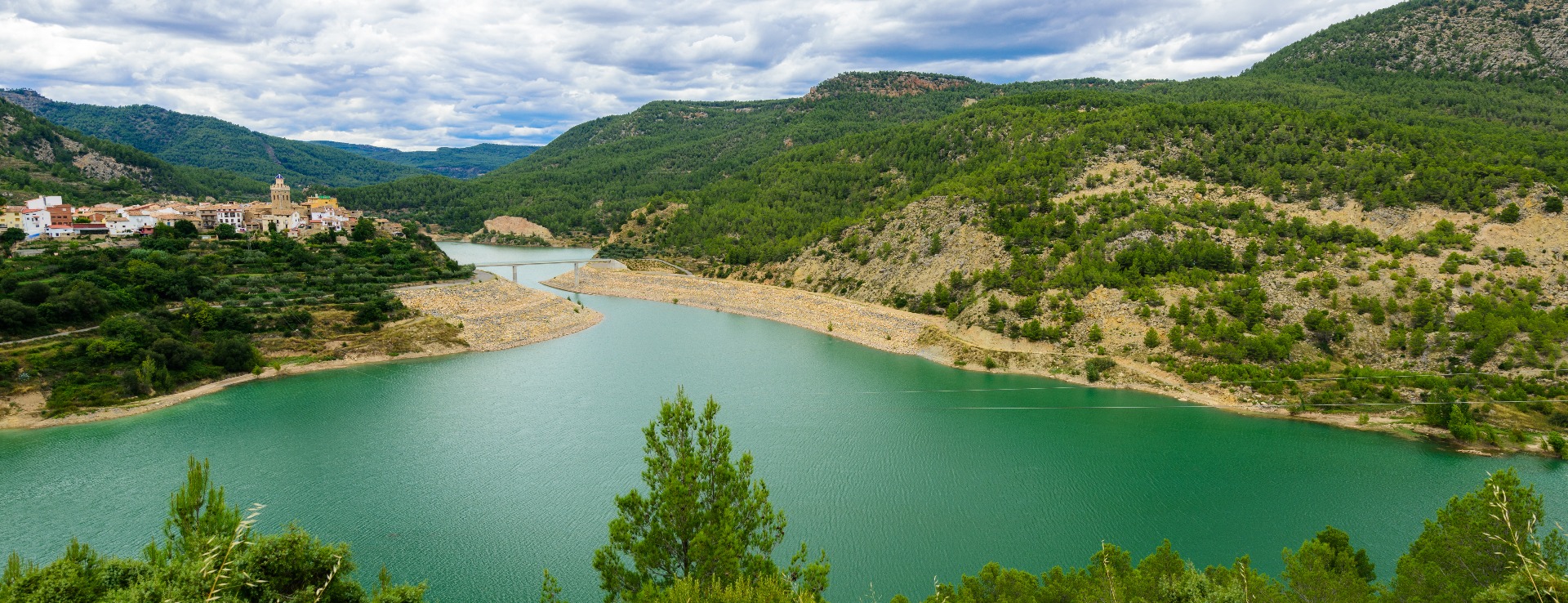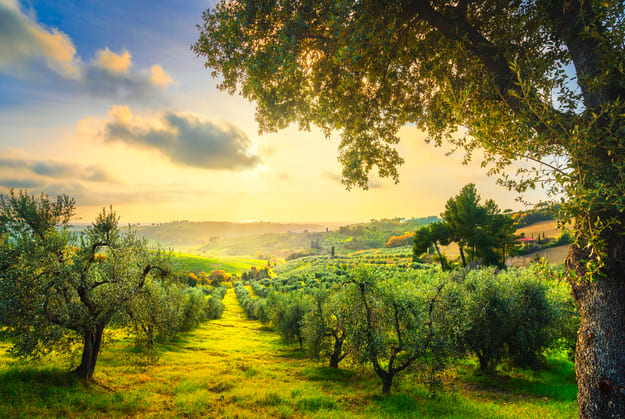Find your olive grove or oil mill
8 Olive groves and oil mills for sale in Valencia
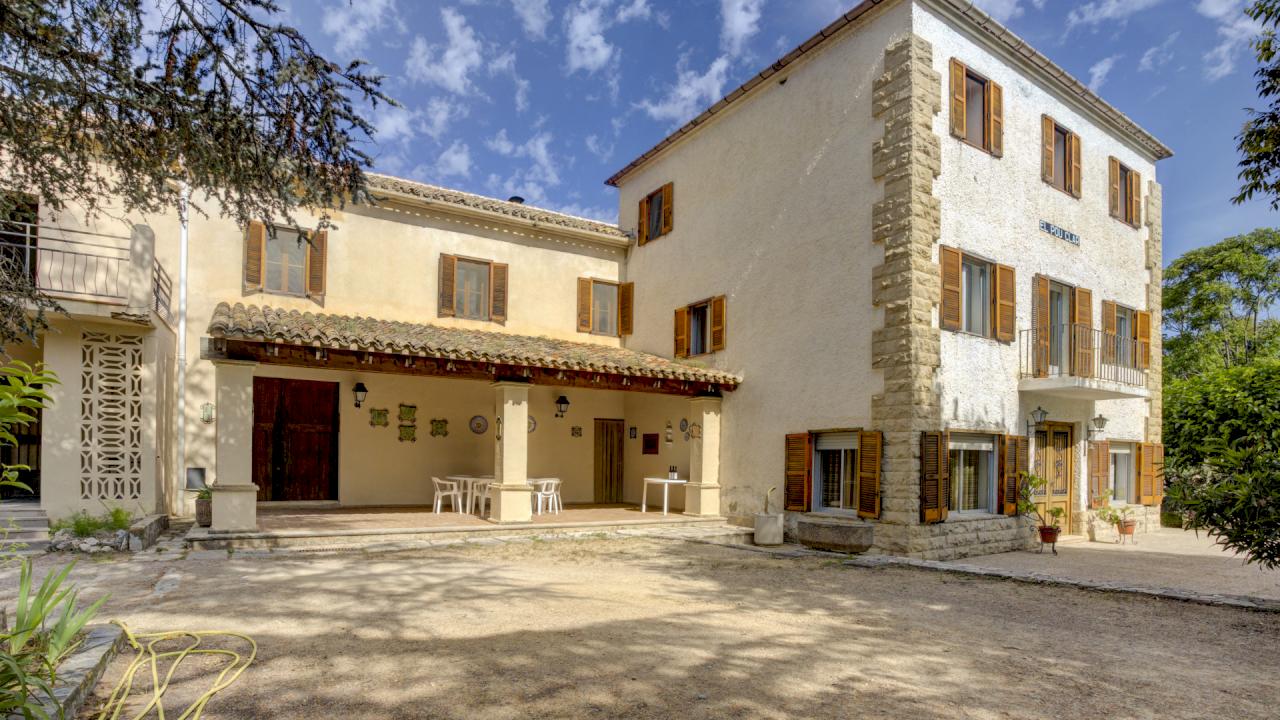
Rustic estate with almond and olive groves in inner Valencia
Farm with 58,640 m2 of plot and 1,069 m2 built.
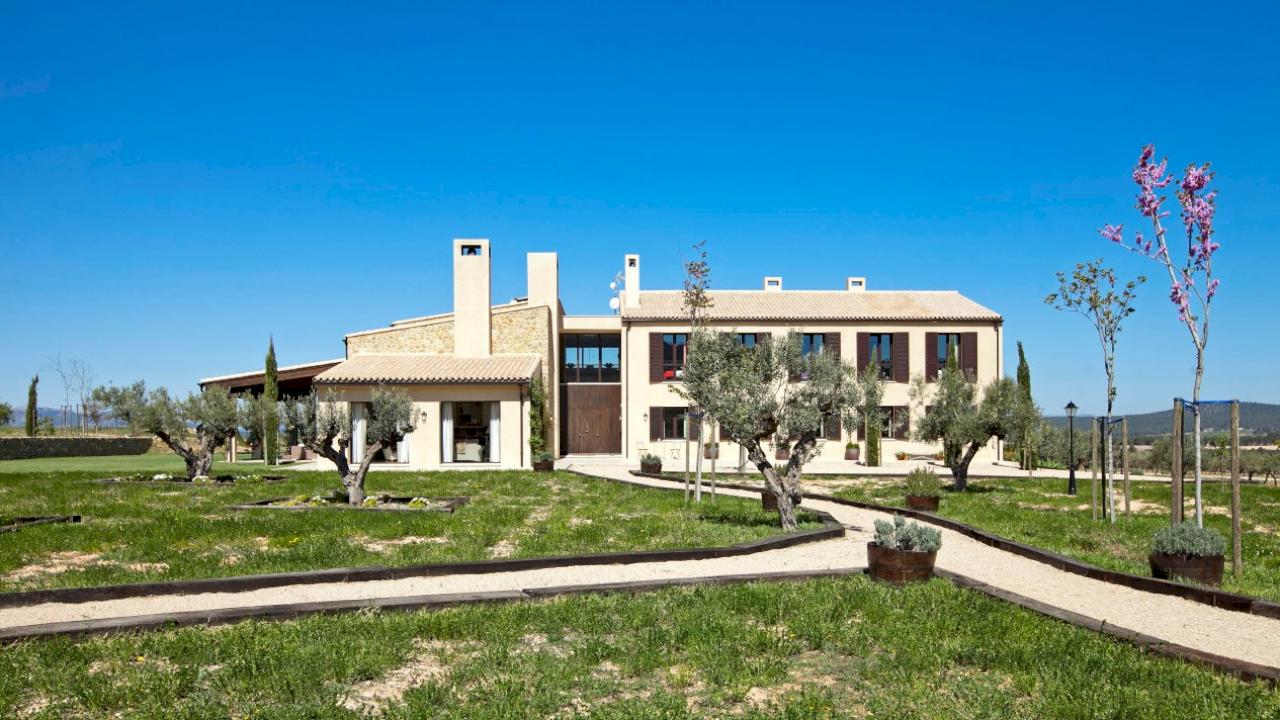
Estate in the Valencian countryside with 5 ha of olive trees
Masía is located in a protected natural park.
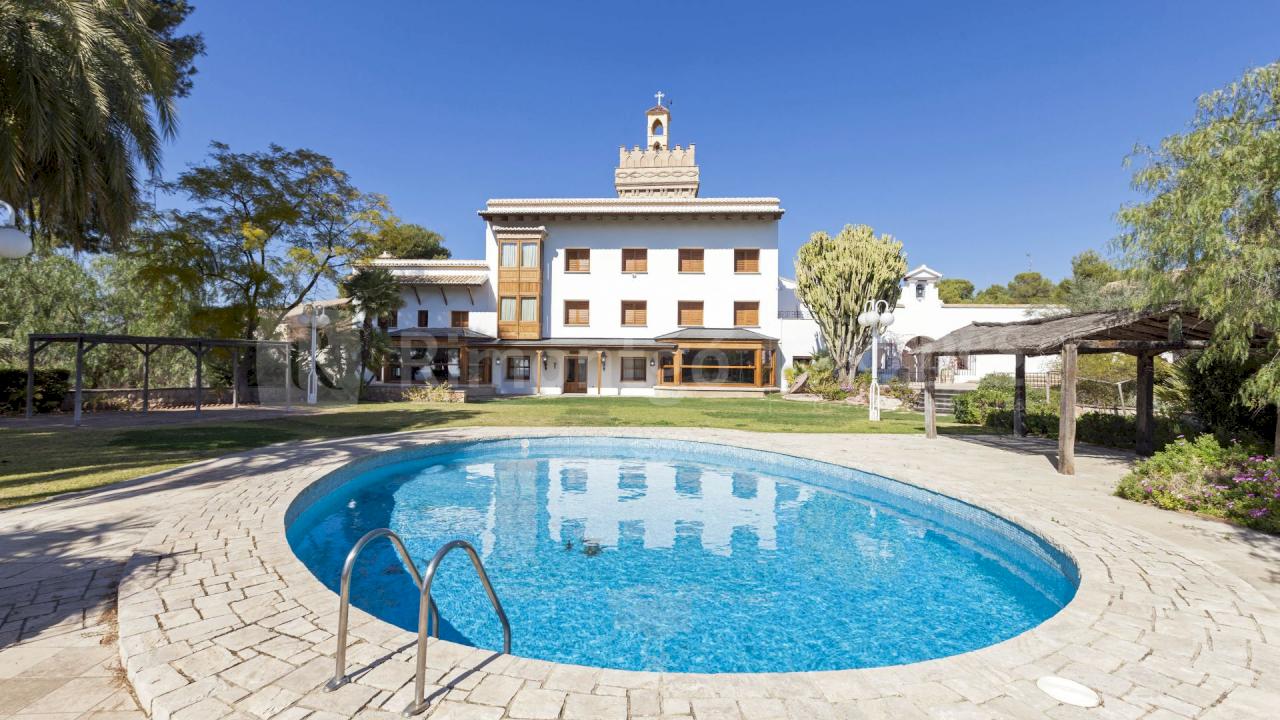
Historic property with a unique tower located less than 30km from the city of Valencia offering crops and an olive press.
120,000 m² plot with 750 m² built and 120 m² terrace (11 bedrooms and 6 bathrooms)
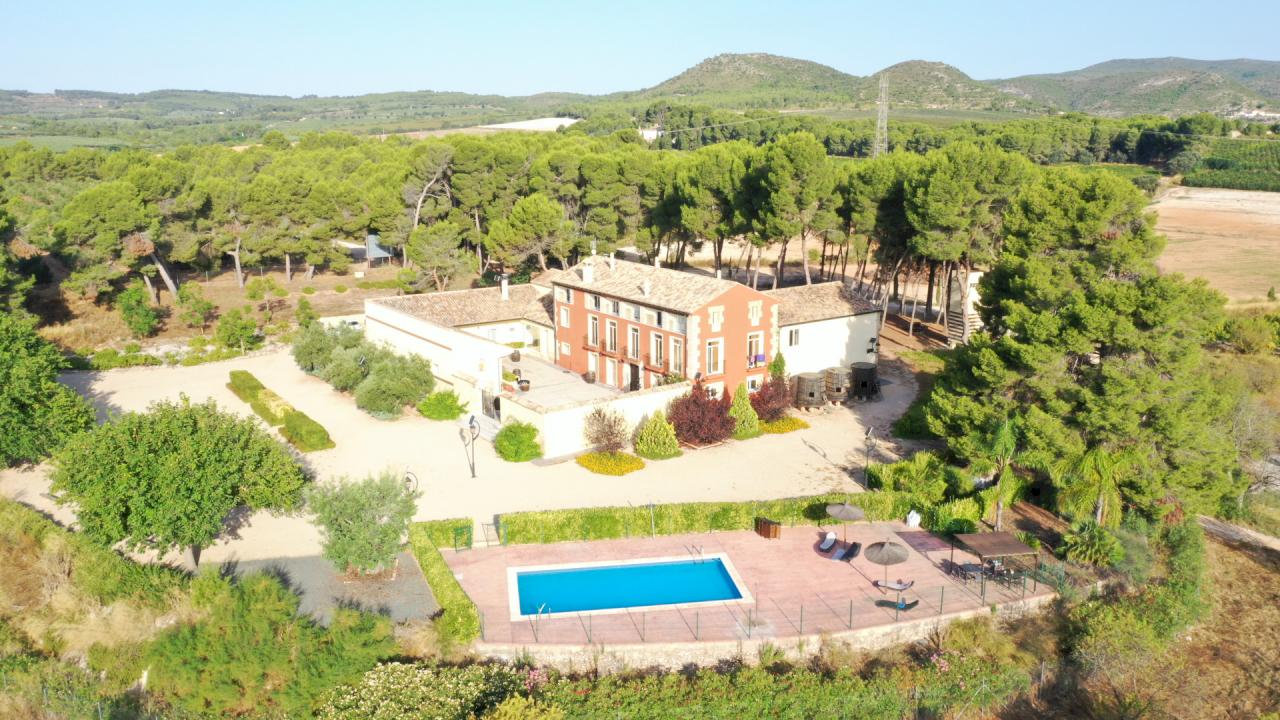
Exceptional 196 hectares estate with an 18th century farmhouse converted into a hotel 1 hour from Valencia and Alicante.
Farm of olive, almond and persimmon trees in Valencian Tuscany.
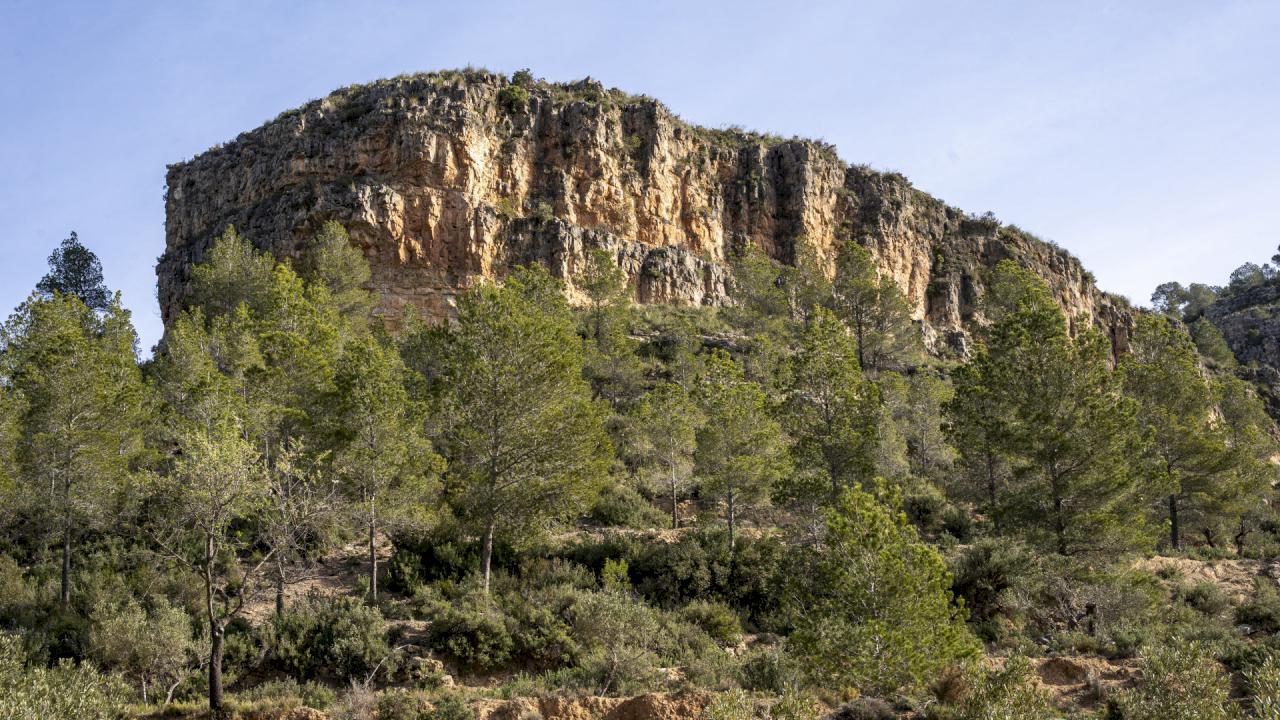
550 hectares of forest planted with 1,100 olive trees and a farmhouse.
Terres dels Alforins
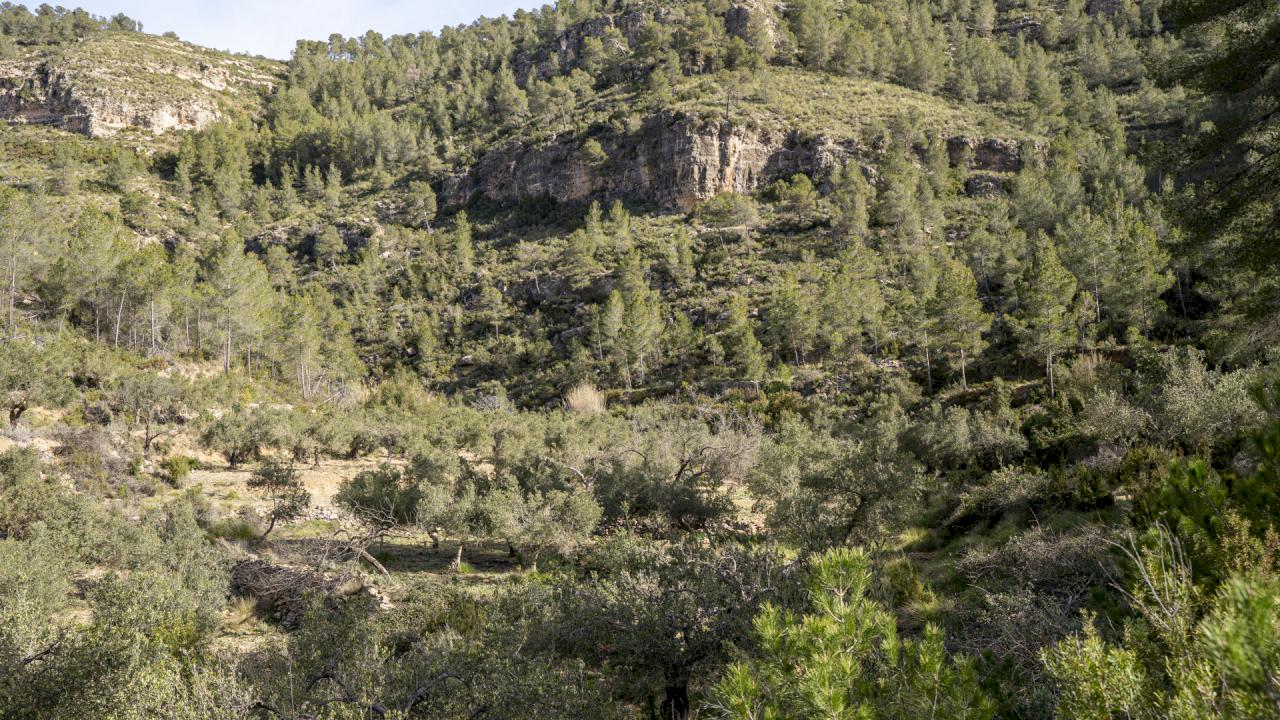
250 hectares of woodland with an irrigated olive grove and farmhouse
Terres dels Alforins
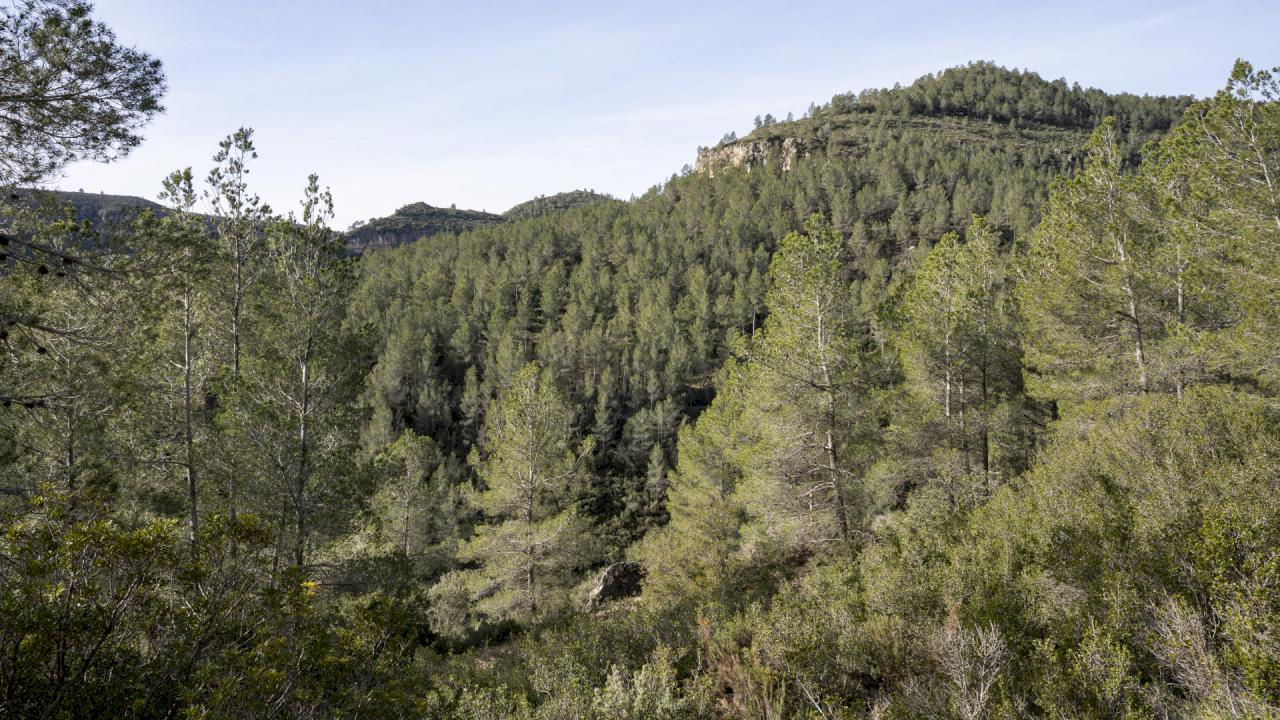
140 hectares of forest with olive trees and a farmhouse.
Terres dels Alforins
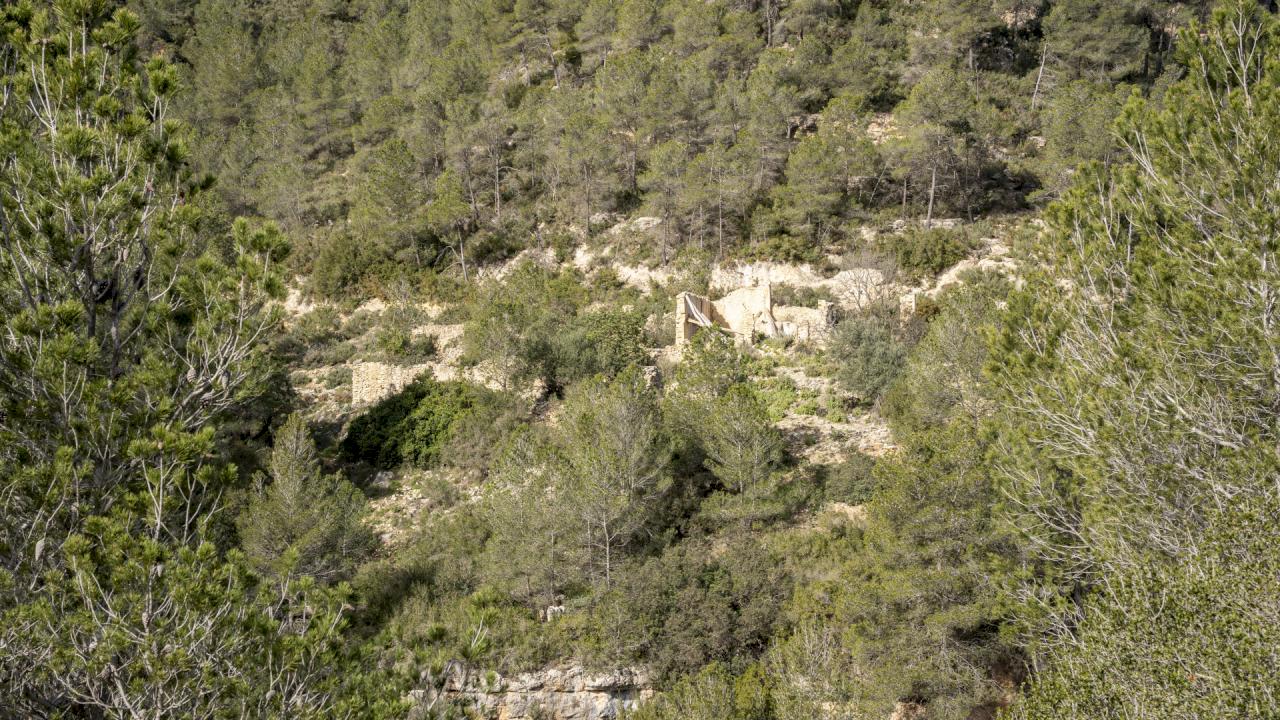
120 hectares of forest with the possibility of construction.
Terres dels Alforins
Infographic of the area
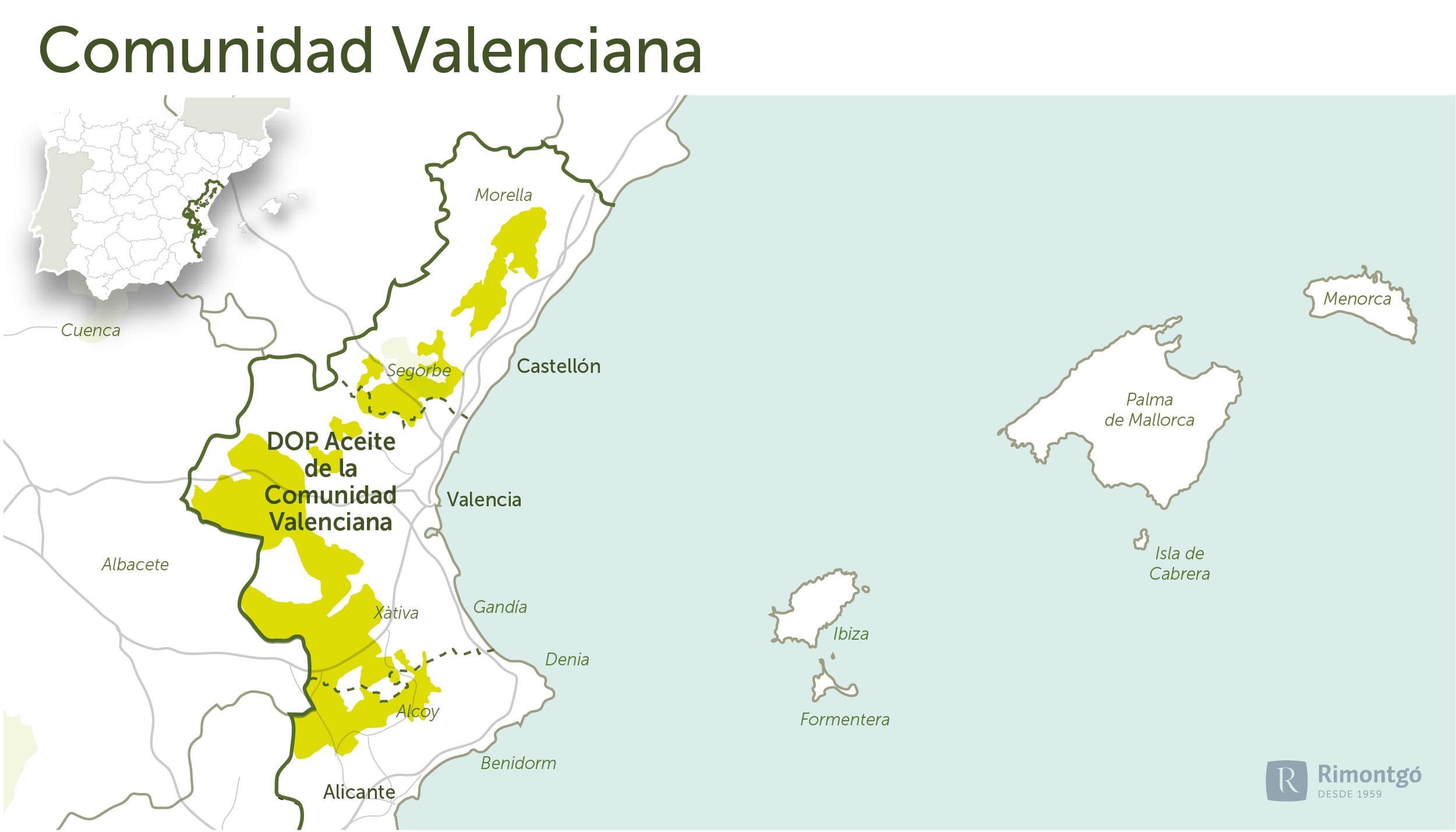
Valencia
En La Comunidad Valenciana destaca la DO Aceite de la Comunitat Valenciana como única DO de olivos que ampara las tres provincias de Valencia, Alicante y Castellón.
DO Aceite de la Comunitat Valenciana
En la Comunitat Valenciana se distinguen 8 subzonas de producción, cada una de ellas con sus características agroclimáticas diferenciadas.
El cultivo se extiende por toda la Comunitat Valenciana por lo que la producción del aceite de oliva en esta Comunidad también se encuentra repartida de una forma más o menos equitativa, siendo la provincia de Alicante la de mayor producción, aunque a su vez es la de menor superficie de producción (31%).
En la provincia de Castellón destacan las comarcas del Baix Maestrat y Alto Palancia, con casi el 70% de la superficie total de olivar cultivado en la provincia, en las que el cultivo sigue teniendo una gran importancia.
En la provincia de Valencia destacan las comarcas de La Canal de Navarrés y la Vall d’Albaida, como las más importantes en la producción de olivo. Otras comarcas oleícolas importantes son el Valle de Ayora, Camp del Turia, Plana de Utiel-Requena y Hoya de Buñol. En otras comarcas el olivo es un cultivo testimonial, como es el caso de La Safor, L’Horta y el Rincón de Ademuz.
Varieties
Due to its Mediterranean climate, the Valencian Community has always been an important olive-growing area. There are thousand-year-old olive trees in the area of Castellón, and the Community has the most important diversity of varieties in Spain: manzanilla, Villalonga, blanqueta, farga, serrana de Espadán, morruda, cornicabra, alfafara or grosal, changlot real, royal, canetera, nana, arbequina, empeltre, cuquillo, sollana, sallosina, llumeta, millarenca and borriolenca. Seventy-four different varieties have been identified in the Comunitat Valenciana, which provides a wealth of nuances and aromas.
Of the 23 main varieties grown in Spain, 6 are Valencian ('Villalonga', 'Blanqueta', 'Farga', 'Serrana de Espadán', 'Changlot Real' and 'Alfafara').
The varieties of the province of Valencia are:
Cornicabra variety
A variety originating from Mora de Toledo, its name comes from the characteristic horn shape of its fruit, which is why it is also known as Cornezuelo. In the Comunitat Valenciana it is cultivated in the Valencian regions of the Plana de Requena-Utiel and the Ayora Valley, declining in importance in the Alt Vinalopó (Alicante), and can be classified as one of the main varieties.
The Cornicabra is a variety that is slow to come into production. It is productive, but neighbouring, very rustic and well adapted to poor soils and highly resistant to frost. It ripens late and its fruit is very resistant to detachment, which makes it difficult to harvest mechanised.
It is a variety with a good fat content and yield in the oil mill, characterised by its high oleic acid content, which can exceed 80%, as well as a good polyphenol content, which gives it a high stability against oxidation.
The optimum time for harvesting is from mid-December onwards, although this may vary depending on the climatic characteristics of the season and the state of maturity of the fruit.
Variedad Changlot real
Variedad originaria de la sierra de Enguera. Se cultiva principalmente en las comarcas alicantinas de la cuenca del Vinalopó, siendo la variedad dominante del Vinalopó Mitjà y con una menor intensidad en diversas comarcas valencianas como el Valle de Ayora.
En la maduración los frutos alcanzan el color negro. Es una variedad de producción elevada, pero algo vecera. Se adapta bien a distintas condiciones de suelo, siendo resistente al frío y a la sequía. Sus frutos son de maduración media y presentan alta resistencia al desprendimiento, lo que dificulta la recolección mecanizada.
El contenido graso total de esta variedad es inferior a otras, por lo que su rendimiento industrial también es sensiblemente inferior. El momento óptimo de recolección se sitúa a mediados de noviembre, pudiéndose adelantar a los primeros días del mes. La recolección más temprana, permitirá obtener aceites de mayor calidad organoléptica y mayor contenido en polifenoles, aunque con una sensible disminución del rendimiento graso y del contenido en ácido oleico. Variedad de alto contenido en ácido oleico, bajo en linoleico y buen nivel de polifenoles lo que le confiere una muy buena estabilidad.
El aceite de oliva virgen extra de la variedad Changlot Real es un aceite ligeramente frutado y picante, con notas aromáticas de fruta madura, y tomate, siendo muy baja la sensación de dulzor percibida en estos aceites.
Variedad Villalonga
Variedad originaria del sur de la provincia de Valencia, se distribuye por esta provincia y por la de Alicante, y en menor medida por algunas comarcas castellonenses. En la Comunitat Valenciana representa la cuarta parte de la superficie de cultivo del olivar.
La variedad Villalonga es de elevada y constante producción, maduración temprana, muy apropiada para la recolección mecanizada por su facilidad de desprendimiento a la vez que su porte vertical.
Es muy sensible a heladas, tolera el exceso de humedad siendo sensible a la sequía, por lo que en zonas áridas acusa más la vecería. La variedad se caracteriza por tener un alto contenido graso y un buen rendimiento en almazara. En su composición destaca el bajo contenido en ácido oleico. El contenido en ácido linoleico es elevado, correspondiendo los niveles más altos a las zonas de menor contenido en ácido oleico, pudiendo alcanzar hasta valores en torno al 19%.
Among the oils from Villalonga, those with the highest polyphenol content, the highest oleic content and the best stability correspond to the crops grown in the Enguera area.
The optimum time for harvesting is in early December, although this may vary depending on the soil and weather conditions in the area and may be delayed until the middle of the month.
The extra virgin olive oil of the Villalonga variety is fruity, rather bitter and spicy, with a complex aromatic profile with green leaf, almond, tomato, apple and aromatic herbs.
Climate and soils
The olive grove is grown mainly in the intermediate strip of the Valencian Community, which is what gives it its main characteristics. Thus, the significant temperature fluctuations between winter and summer favour the increase of certain quality parameters. On the other hand, the concentration of rainfall in autumn and spring has enormous benefits for its cultivation and for the quality of the oils produced, as it greatly softens the aromatic and organoleptic profiles of the oils.
The relief ranges from mountainous areas, which, incidentally, are the dominant ones, to plains and valleys in between, and finally to the coast. The predominant lithology is calcareous, although we can find certain enclaves where sandstone, marl and gypsum outcrop.
Cultivation mainly takes place between 300 and 600 metres above sea level on shallow soils with very high levels of active limestone.
Olive groves are generally located on the less fertile mountain slopes, and olive groves are rarely found in the hollows or valley bottoms, as this land has always been reserved for other crops.
The average annual temperature varies between 12 and 16 °C. More important are the differences in rainfall, ranging from 200-300 mm per year in the localities bordering the Vinalopó to 700-800 mm in the Alicante Mountains and the Maestrat in Castellón.
Almazaras
Almazahara: Company made up of 7 cooperatives from all the Valencian provinces: Cooperativa Agrícola Católica Coop.V. (Cocentaina), Cooperativa San Cristóbal (Cañada), Coop. V. San Pedro Apóstol (Moixent), Bodega Nuestra Señora De Las Virtudes Coop.V. (Villena), Coopvall (Quatretonda), Coop. San Isidro Sierra (Les Coves de Vinromà, Cooperativa Agrícola De Villar (Villar del Arzobispo), Cooperativa Vinícola "La Viña" (La Font de la Figuera, SOCAPMA (Muro de Alcoy), Coop Beniatjar Oli Del Benicadell Coop V. (Beniatjar), Campoenguera Coop. V. (Enguera), Coop. La Divina Pastora (Jérica).
Olivier de Xavier, Campo Enguera, Aceites Albert, Mirall de la Terra (Requena), Pagos del Guerrer La Cooperativa San Pedro Apóstol de Moixent (native variety Grossal), Olioli, 1 olive tree for peace in Requena, Aurora Real (Parque Natural de las Hoces del Cabriel), Almazara Barcha.
Subscribe to our mailing list to receive news about olive groves and oil mills.


